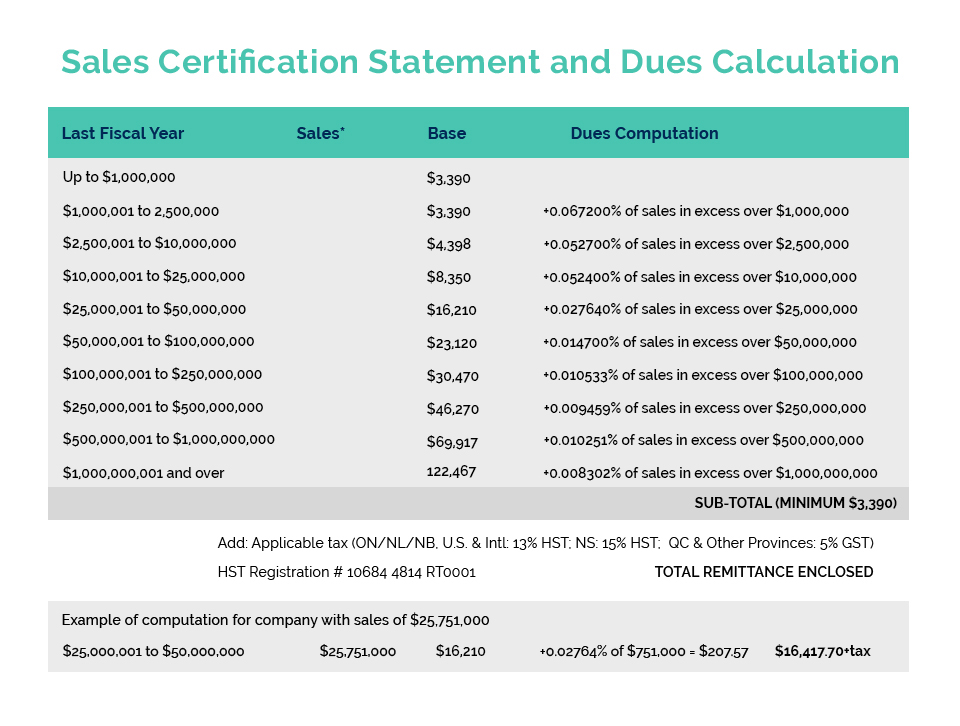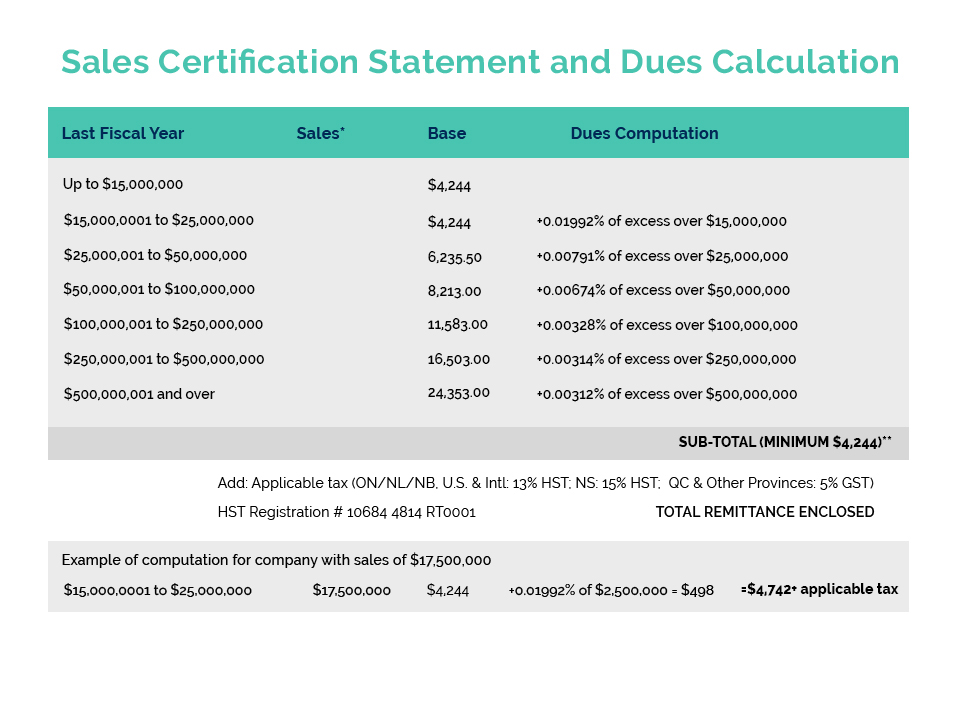As previously reported, a growing issue facing our members is the emerging foray by Environment & Climate Change Canada (ECCC) into the direct enforcement of environmental regulations on finished consumer and consumer health products. This is occurring without any regard to the longstanding structures and systems successfully used by Health Canada to regulate the very same products and ingredients.
This has, in essence, created two parallel and VERY different approaches which manufacturers, distributors, and retailers MUST be aware as it can be expected to pose significant challenges in selling cosmetics and other personal care products in Canada. Essentially, there is NO “one service window” approach in Canada to determine if your products and their ingredients are compliant in Canada. The days of just checking the cosmetic ingredient “HOT LIST” are truly no more!
This reality was made clear in a recent meeting in Ottawa between a CA delegation and the new Deputy Minister of ECCC, Dr. Jean-Francois Tremblay and several of his department’s senior officials including the Chief Enforcement Officer, Donald Walker. Although the Deputy Minister indicated his sympathy for many of CA’s concerns, there was little commitment to CA’s proposals to improve ECCC’s tools or adopt suggested “good regulatory practices” that would better promote and facilitate compliance. In fact, the DM clearly indicated that compliance is solely “the responsibility of industry” and that consequently the Department’s focus is on enforcement. This varies considerably from our long experience with Health Canada which uses many effective tools such as the Cosmetic Ingredient “Hot List” which facilitates industry compliance.
CA was also surprised by ECCC’s defence of their reluctance to publicly share their test methods to determine compliance. Common sense would suggest it should be shared to both allow industry to test products before they go to market as well as to concur with (or challenge) the accuracy of the test. The reason offered was that at one time in the past a company used the information to “circumvent the test”.
The Chief Enforcement Officer was also reluctant to commit to using Health Canada’s data base to identify and contact the “responsible party” for a product rather that contacting the retailer which causes significant confusion. He suggested that this should continue to be at the discretion of the enforcement officer.
Although our industry has a high compliance rate with Health Canada’s regulations for our products and their ingredients – which CA argued indicates our industry’s commitment to compliance – ECCC has been advised by their enforcement staff that our industry’s compliance rate with environmental regulations is only about 50%. No detail was provided as to how this assessment was made, but it does suggest how our industry is viewed by ECCC. CA has requested the data on which this claim is based and is now working to obtain it so that we can determine its validity and plan our response accordingly.
Overall, it was clearly apparent that ECCC is taking a “criminal law” approach to compliance and enforcement. This means little emphasis on promoting and facilitating compliance contrary to Health Canada’s approach, and a much greater reliance on the “heavy hand” of enforcement including the use of various “criminal law tools” which are available to it.
For our industry, this means that we are facing two VERY different and duplicitous regulatory regimes governing our products and their ingredients. We may yet receive some improvements in how ECCC operates from this meeting, as ECCC did acknowledge they could improve in some areas and are currently updating their nearly quarter century old Compliance & Enforcement Policy. However, the goal of having a “one service window” approach to administering both health and environmental regulations on cosmetics will take a significant and prolonged effort. The siloed approach to regulation is alive, living, and well in ECCC despite various government pronouncements to be more efficient including those in the Canada-United States-Mexico trade agreement (CUSMA).
A copy of CA’s “follow-up” letter to the Deputy Minister which outlines our presentation including the “good regulatory practices” we suggested ECCC adopt, can be read HERE. The CA delegation included our Board Chair Gulnara Gabidullina (Procter & Gamble), President & CEO Darren Praznik, VP and Director of Science, Regulation, & Market Access Beta Montemayor, and Committee Member Nusrat Zahan (The Estee Lauder Companies).
Your CA Team will continue to keep you update as this issue evolves. Additionally, should your company be contact by ECCC enforcement staff, please let us know by contacting Beta Montemayor at bmontemayor@cosmeticsalliance.ca.







